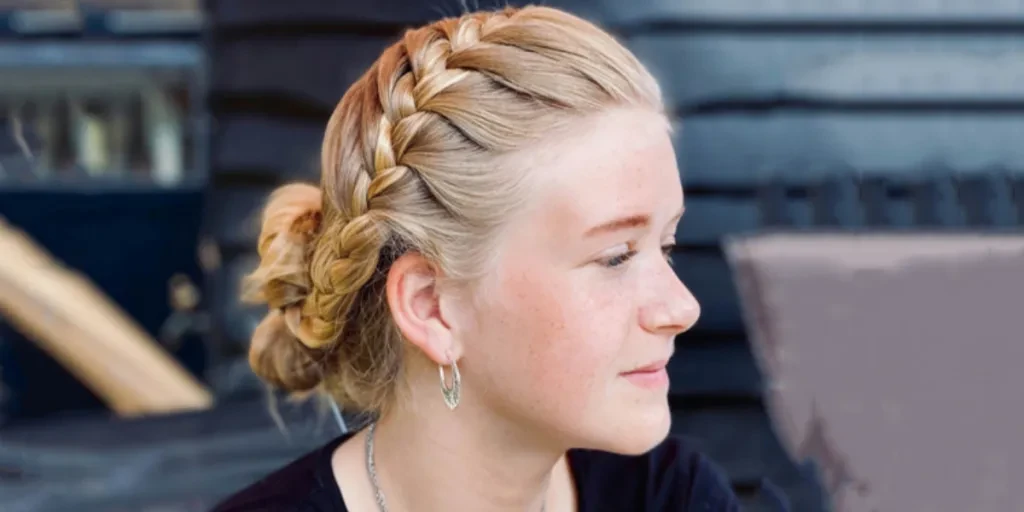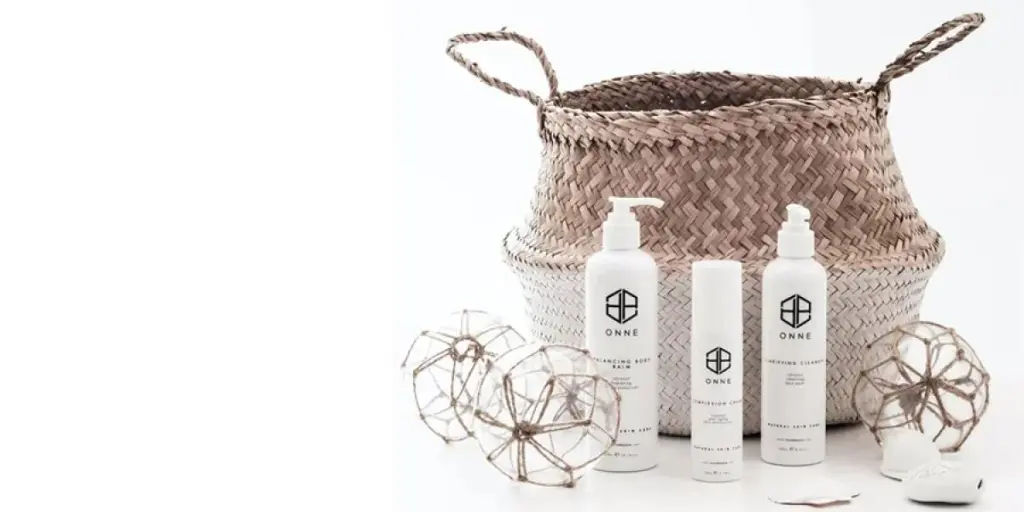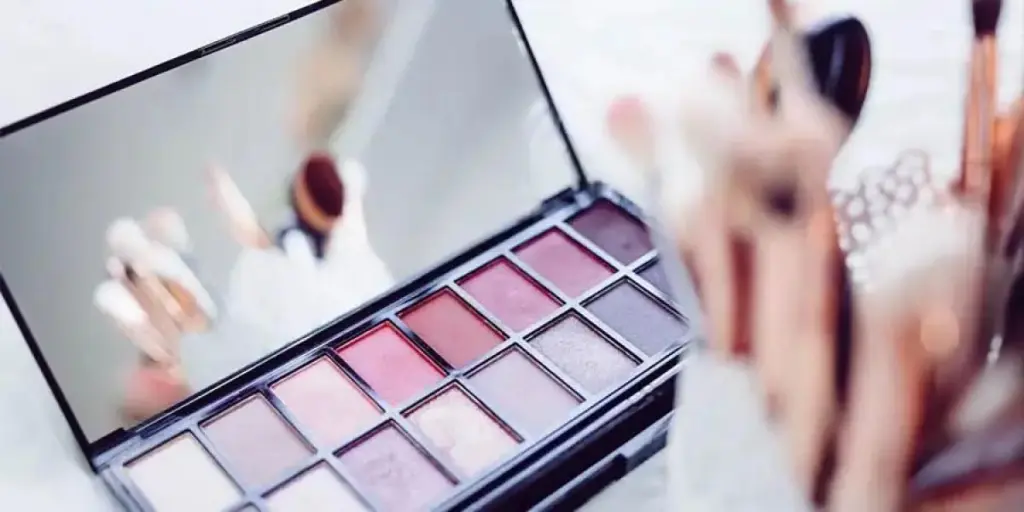Dutch braids are known for their intricate and eye-catching design, as well as their versatility. They’re very similar to French braids, but they vary slightly in appearance and how the braid is woven. Dutch braids are popular with a wide audience, from social media influencers to Hollywood celebrities and runway models.
Although they offer a timeless and classic look, Dutch braids have adapted to modern trends and still remain a popular hairstyle. Keep reading to find out more about them and what the most popular variations of Dutch braids are in 2025.
Table of Contents
Origins and popularity of Dutch braids
What are Dutch braids and how are they different from French braids?
Can you sleep in Dutch braids?
How long do Dutch braids last?
The easiest way to style Dutch braids
2 modern and popular ways to wear Dutch braids
Dutch braid bun
Side Dutch braid
Final thoughts
Origins and popularity of Dutch braids
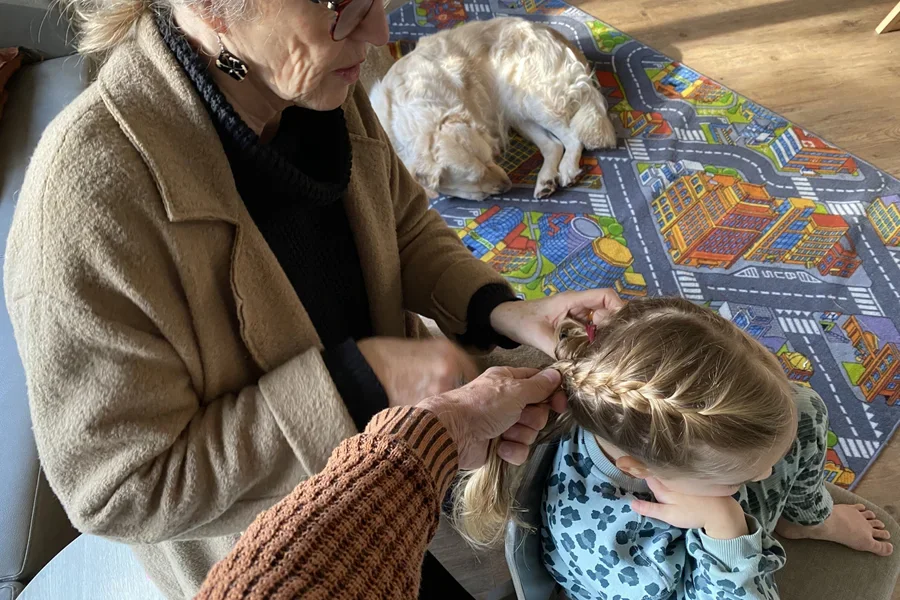
Dutch braids are a European braiding tradition, with strong origins from the Netherlands, where these braiding techniques were used for decorative and practical purposes. In general, braids have been worn across different cultures to signify cultural identity or status in society.
However, Dutch braids gained popularity due to their neat appearance, and today they’re known for their versatility around the world. Many social media trends and celebrity hairstyles have helped to push Dutch braids into the limelight.
What are Dutch braids and how are they different from French braids?

Dutch braids can be styled in many ways, which is what makes them such a popular hairstyle choice in 2025. They’re essentially an inverted version of French braids, where the braids stand out more against the scalp to give it a structured look. Rather than crossing the hair strands over the middle section, they’re woven underneath to create a raised effect.
This beautiful hairstyle can be worn as a single braid or double braids, or as an intricate design in a ponytail or updo. Dutch braids are a great option for people who enjoy versatility and want a hairstyle that will stay in place for the duration of the day. A popular alternative to Dutch braids are dragon braids too.
Can you sleep in Dutch braids?
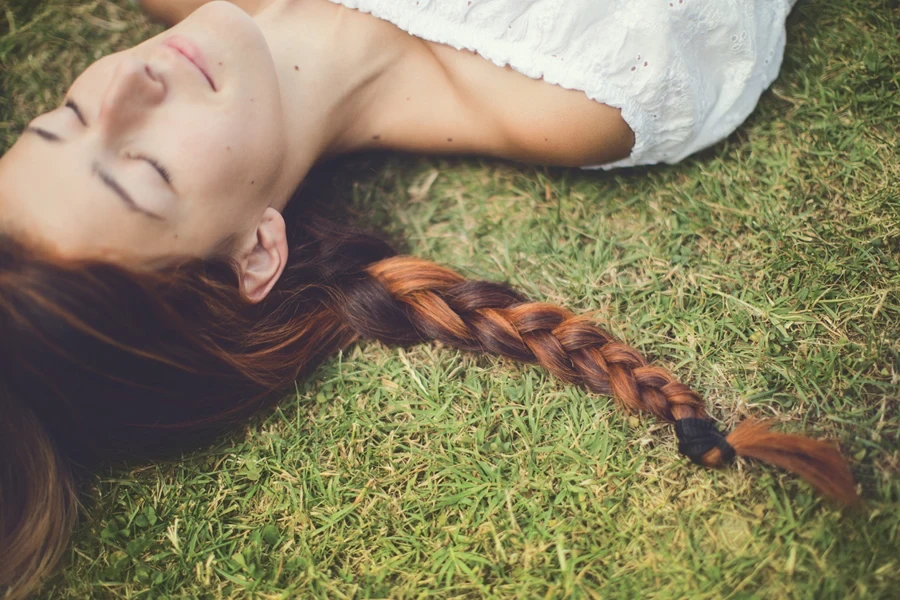
It’s very common for people to sleep in Dutch braids. One of the most popular reasons to keep the braids overnight is to keep the hair neat and to make sure it doesn’t become tangled overnight. When the braids are released in the morning, the hair will be soft and wavy without the need to use any styling tools, which is another bonus.
When sleeping with Dutch braids, it’s important that the braids aren’t too tight, as this can lead to discomfort or hair breakage. Using the right type of pillowcase is key as well in order to prevent frizz and minimize hair damage. Pillowcases made from materials such as silk or satin are preferred.
How long do Dutch braids last?

Exactly how long do Dutch braids last? Typically, Dutch braids can stay in place for 1 to 3 days, depending on how tightly they’re braided. To get the most out of the Dutch braids, it’s important to avoid touching them too much and to secure the ends with a hair tie. Using a satin or silk pillowcase while sleeping will also prevent the braids from becoming frizzy.
How long Dutch braids last will also depend on the hair type, as thinner hair tends to fall out of braids more frequently. Looser braids will only stay in place for approximately one day, whereas tighter braids will last for longer.
The easiest way to style Dutch braids
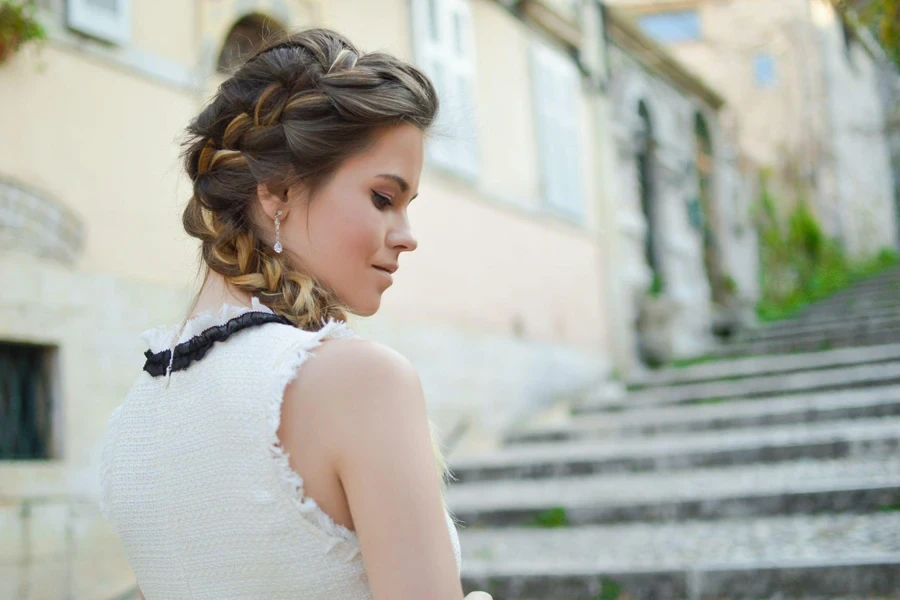
With practice, Dutch braids can quickly become a go-to hairstyle that’s quick and easy to create. This style of braids can be worn for special occasions as well as casually, but there are specific steps that need to be followed to make them look stylish.
Tools needed:
Rat-tail comb
Wide-tooth comb
Hair clips and hair elastics
Mousse
Hairspray
Step 1: Hair prep
For easier styling, start with dry or slightly damp hair that’s been freshly washed. Use a brush or comb to remove any tangles, and (optional) apply a small amount of stylish mousse for extra grip.
Step 2: Part the hair
Using a rat-tail comb, create a center or side part (depending on personal preference). For a double dutch braid, the hair needs to be divided into two equal sections, from the forehead to the nape. One side should then be secured with a clip to keep it neatly out of the way.
Step 3: Start braiding
Begin by braiding the hair from one side. Take a section of hair at the front of the side that’s been chosen and divide it into three equal strands. Next, cross the right strand under the middle one, and then cross the left strand under the middle strand.
Step 4: Add more hair to the braid
Add a small amount of hair to the outer strands before crossing it under the middle. It’s important to keep the tension light while continuing this pattern down the length of the hair. Once the nape of the neck is reached, change to a regular three-strand braid until the end.
Step 5: Tie the braid
Using a small elastic band or hair elastic, tie the end of the braid so it’s secure. For double Dutch braids, repeat the process on both sides.
Step 6: Complete the braids
To make the Dutch braids appear fuller, gently pull on the braided sections. Use a small amount of hair gel or hairspray to tame any flyaway pieces of hair.
2 modern and popular ways to wear Dutch braids

Dutch braids are known for their versatility and timeless look. However, there are many ways that Dutch braids can be worn to complement different clothing styles as well as occasions.
According to Google Ads, “Dutch braids” had an average monthly search volume of 246,000 in 2024. The most searches appeared in both July and August when they reached 301,000 per month. This is in keeping with their popularity in the summer months.
Keep reading to find out which two styles in particular are proving to be popular for people looking for a modern take on this classic hairstyle.
Dutch braid bun

One of the most elegant variations of Dutch braids is the Dutch braid bun. It combines the classiness of a bun with the stand-out texture of a Dutch braid, making it a very versatile updo for special occasions. This hairstyle starts with the braids leading into either a messy or neat bun that’s secured at the top or back of the head. People love this style thanks to its practicality and its touch of sophistication.
Side Dutch braid
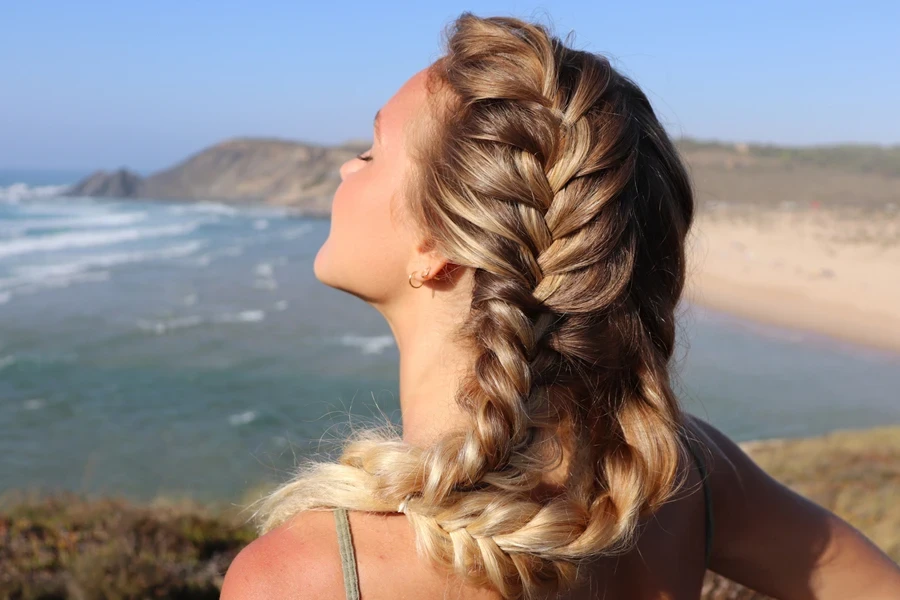
An effortless hairstyle that’s picking up steam in 2025 is the side Dutch braid. This romantic-inspired hairstyle creates a feminine look by sweeping across one side of the head. It can be worn loose for a boho-style look or it can be worn more tightly for a sleek and polished finish. This is a popular choice for casual outings but it can also be dressed up for special occasions.
Final thoughts
In 2025, Dutch braids will continue to be a popular choice. Classic hairstyles can easily be adapted to modern times, and that’s very prevalent with Dutch braids, as they can be worn countless ways and still look stylish. This style of braids offers people different ways to express themselves, and their adaptability is what makes them a great choice for both formal and casual occasions.
